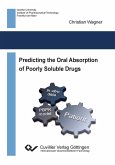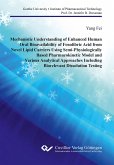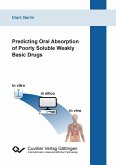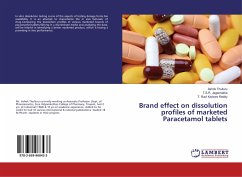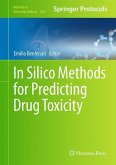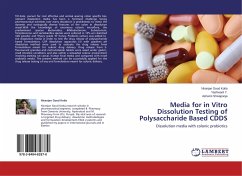The oral bioavailability of a drug substance is strongly related to its aqueous solubility. Only complete dissolution during the GI-passage can maintain an optimal bioavailability. Poor aqueous drug solubility results, according to the Nernst-Brunner equation into a slow dissolution rate, sometimes too slow for complete dissolution in the GI tract. The dissolution rate increases with decreasing particle size and therefore increasing surface area of the drug particles. In consequence,, micronization of the drug is applied to increase oral bioavailability, but often meets with modest success. Recently developed techniques were applied to decrease the particle size into the nanometer range. For some substances, pharmacokinetic parameters could be influenced decisively, e.g. the obviation of a food effect for the drugs aprepitant and fenofibrate.
Bitte wählen Sie Ihr Anliegen aus.
Rechnungen
Retourenschein anfordern
Bestellstatus
Storno


